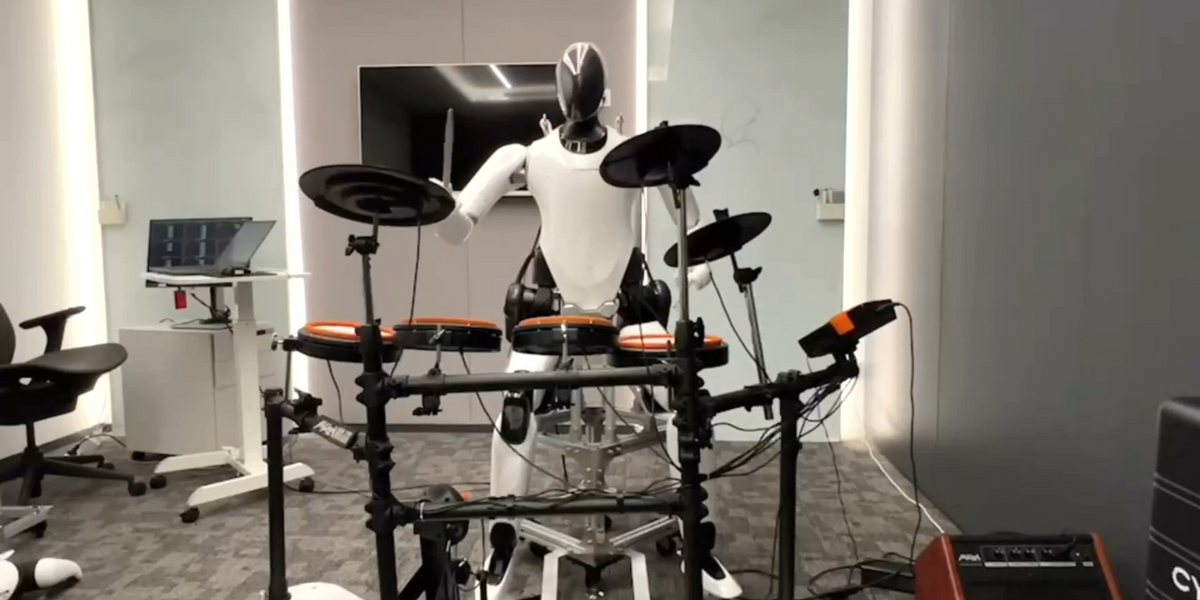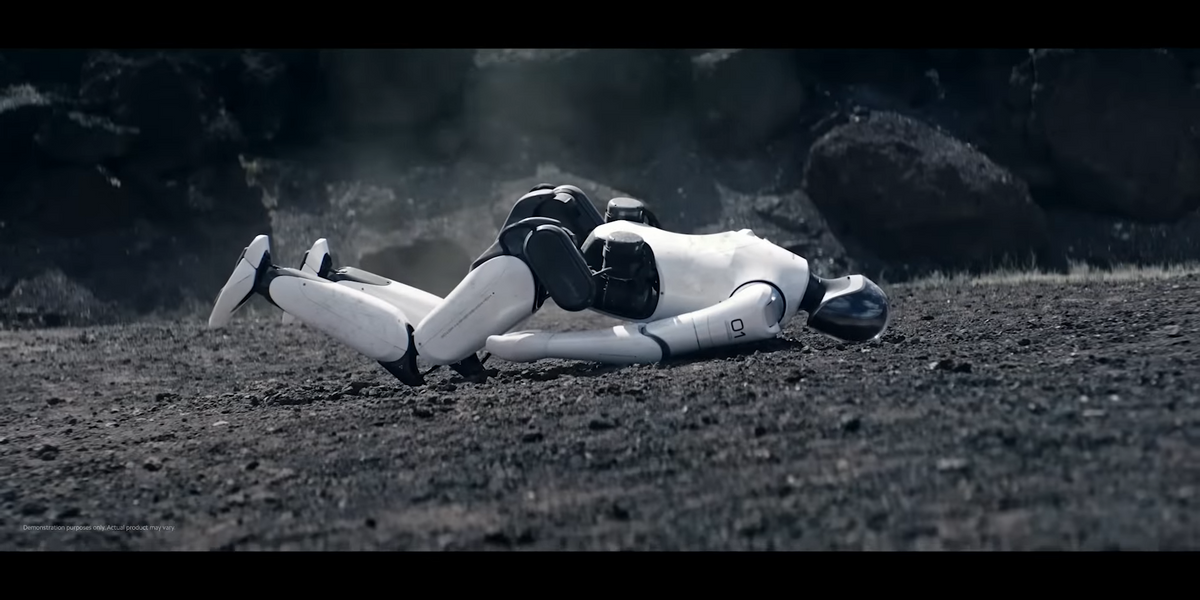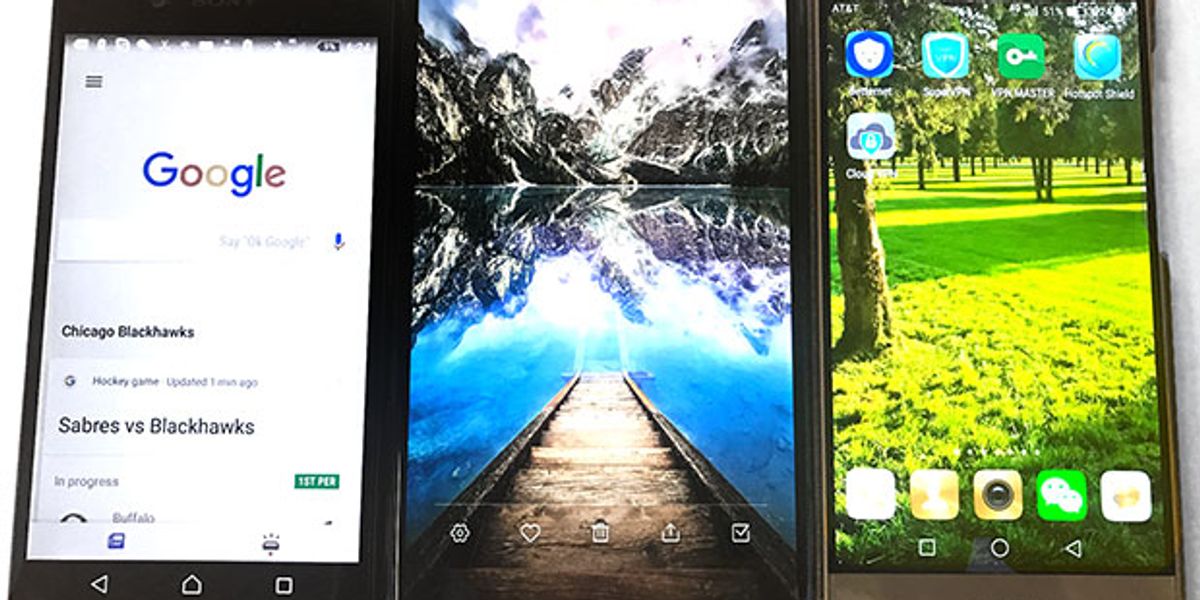CyberDog

CyberDog is a quadruped robot designed as a research platform as well as a robotic pet. It can walk, run, and even do backflips. Researchers, hobbyists, and students can use CyberDog to explore how robots work and how they could serve as companions to people.
- Creator
- Year
- 2021
- Country
- China 🇨🇳
- Categories
- Features
Did you know?
CyberDog is the first legged robot designed by Xiaomi.
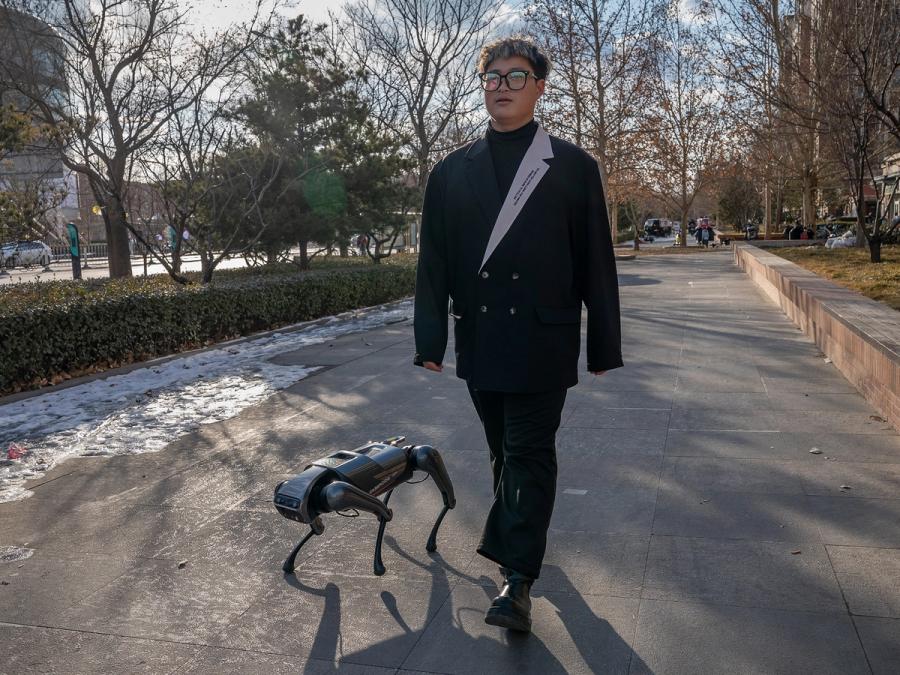
History
CyberDog was developed in 2021 by Chinese consumer electronics giant Xiaomi. The company described it as a "bio-inspired quadruped robot" designed for "the open source community and developers worldwide." Xiaomi engineers developed custom servo motors to power the robot and allow it to do tricks like backflips.
CyberDog is equipped with a NVIDIA Jetson Xavier, a powerful compute module for control, sensor processing, and AI. According to the company, the robot can perform tasks such as autonomous navigation, object tracking, SLAM, obstacle avoidance, and face and voice recognition.
Xiaomi built 1,000 units of CyberDog to be shipped to robot enthusiasts, researchers, and engineers.
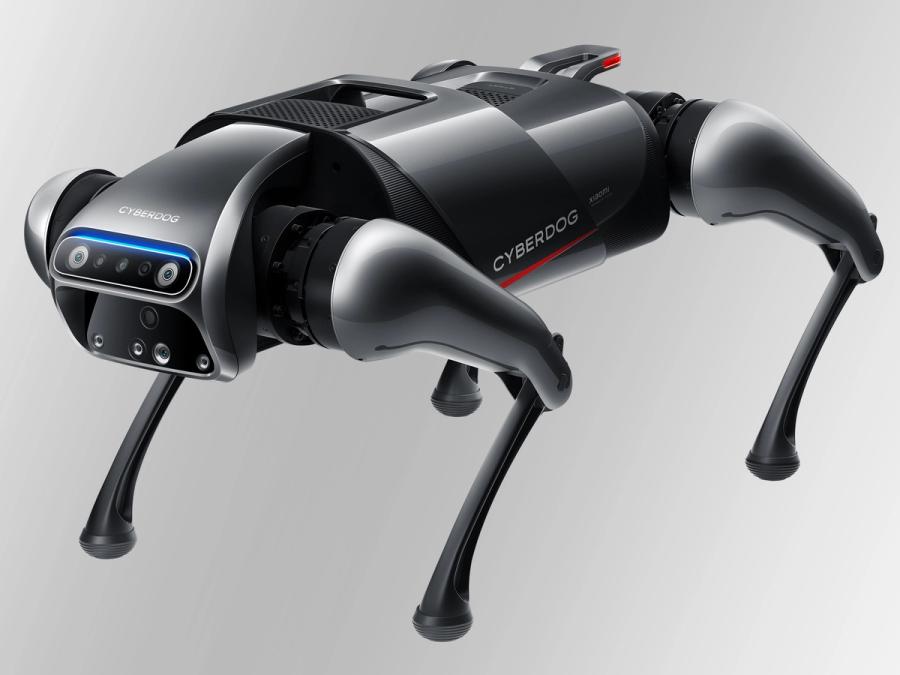
Specs
- Overview
Bio-inspired design. Able to do backflips. Can be controlled via mobile phone app. Designed to be modular and low cost. Two speeds: 5.8 km/h walking; 11.5 km/h running.
- Status
Inactive
- Year
2021
- Website
- Width
- 36 cm
- Height
- 40 cm
- Length
- 77 cm
- Weight
- 14 kg
- Speed
- 5.8 km/h
- Sensors
Head with Intel RealSense D450 RGB-D camera, ultra wide-range camera, ambient light sensor, and AI interactive camera. Torso with geomagnetic sensor, ultrasonic sensor, ToF sensor, IMU, GPS and touch sensor. Legs with rotary encoders.
- Actuators
12 quasi-direct drive actuators consisting of planetary gears and brushless DC motor.
- Degrees of Freedom (DoF)
- 12 DoF (Leg: 3 DoF x 4)
- Materials
Carbon fiber, aluminum, ABS
- Compute
Main computer with 6-core Nvidia Carmel ARM v8.2 64-bit CPU; 384-core Nvidia Volta GPU with 48 Tensor Cores; 8 GB 128-bit LPDDR4x RAM; 16GB eMMC; 128GB SSD.
- Software
Ubuntu Linux OS, Python control application, ROS, Android app.
- Power
0.12-kWh lithium-ion battery pack, 1 hour of operation
- Cost
- US $1,370
